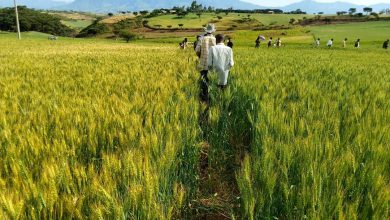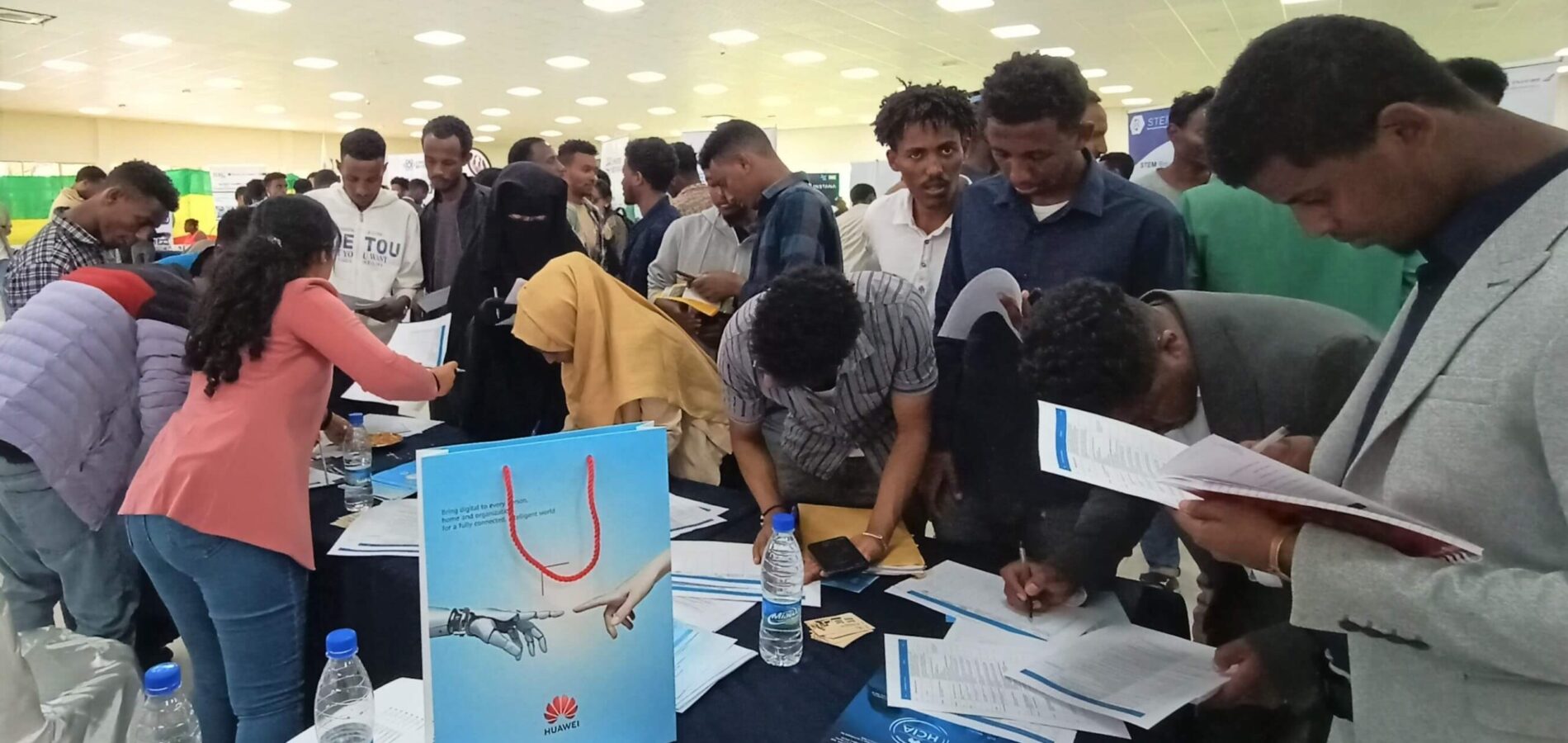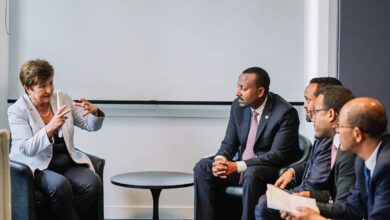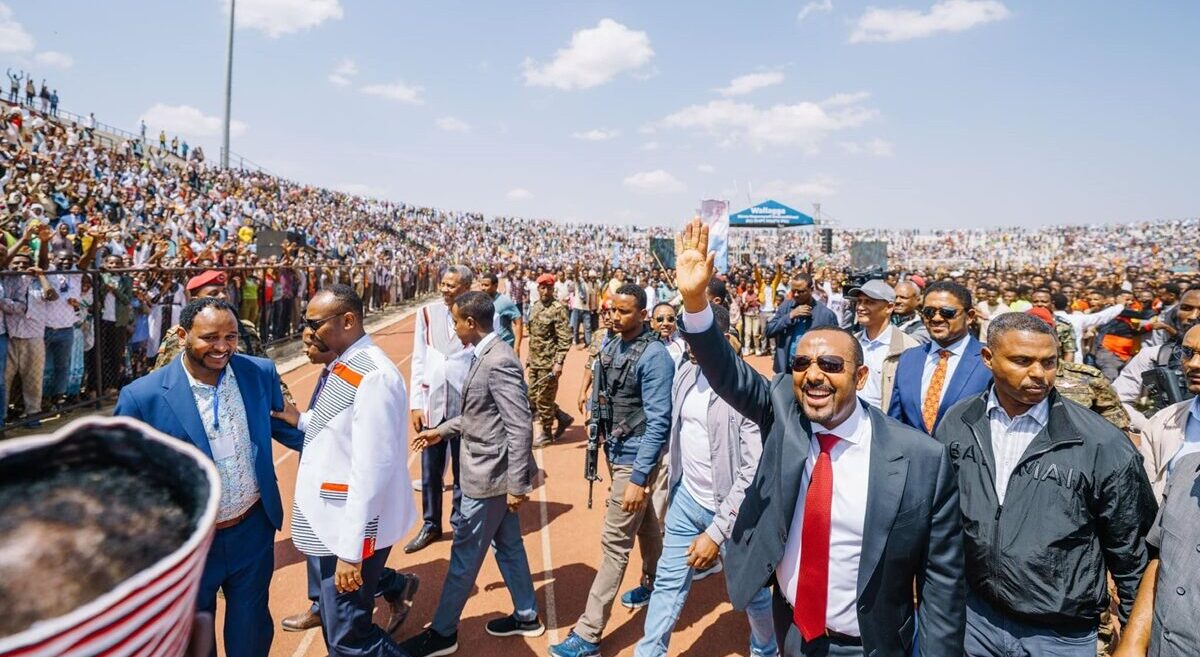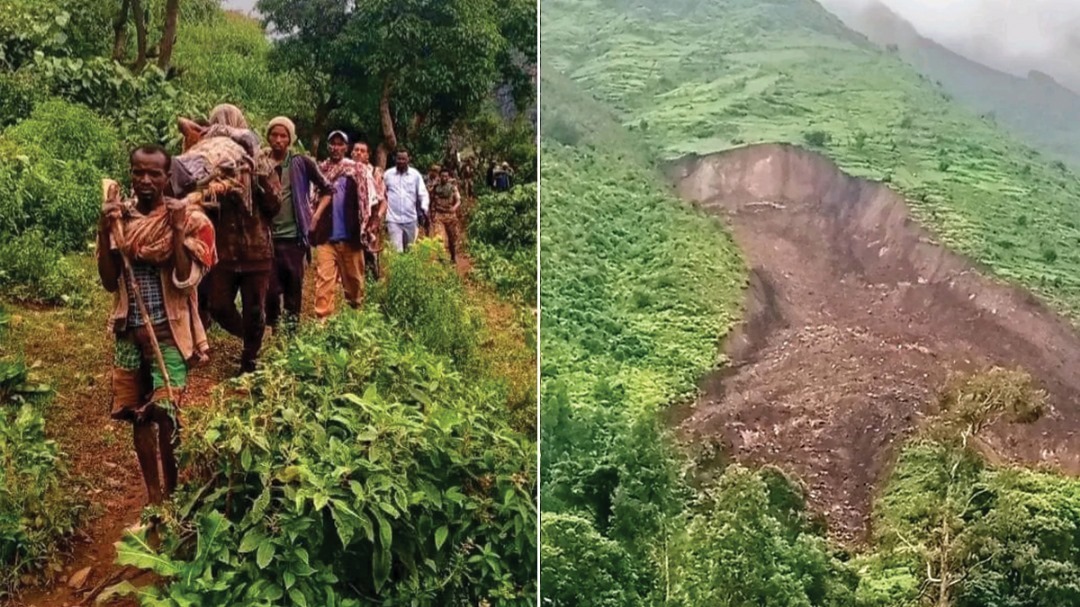Analysis: Members of Amhara community flee violence in East Wollega zone; seek refuge in Addis Abeba

By Getahun Tsegaye @GetahunTsegay12
Addis Abeba, December 21, 2021 – Earlier in November Addis Standard received reports that members of the Amhara community fleeing the East Wollega in Oromia region were seeking refuge in some places in Addis Abeba. The shelters were said to be located in Kolfe Keranio sub city commonly known as Asko, Zenebe Work where the IDPs sheltered in makeshift camps set up in a church compound and youth centers.
One of the centers, a youth center located in the Asko area, was home to about several IDPs including women and children. Awraris (name changed upon request), a resident of East Wollega zone explained that initially there were a total of 72 IDPs that the youth center volunteered to provide shelter and ration for a week. He said, “It was the local community who has been giving us food, mattress, blankets and bed sheets.” He added, “Out of the 72 people, almost half of them went to their relatives in Addis Abeba while the rest of us were stranded here. The greatest problem we are facing right now is shelter.”
Earlier this year, the Ethiopian Human Rights Commission (EHRC) in a press release expressed its grave concerns following the killing and displacement of residents in Gida Kiramu Woreda. The EHRC indicated its information provided from residents that accused ‘OLA/Shane’ armed militants of violence of communal nature that claimed 150 lives on August 20, 2021. The statement detailed that as a result of such violence, residents, especially women and children fled to neighboring areas to the Amhara region and to Kiramu town.
“Out of the 72 people, almost half of them went to their relatives in Addis Abeba while the rest of us were stranded here.”
IDPs sheltered in Addis Abeba
Melkamu Enkosa, the manager of Asko Youth Center told Addis Standard , “The IDPs were sheltered at Asko youth center for about a week,” he continued, “But tenants of the youth center complained of inconvenience due to the presence of IDPs, we told the IDPs to look for other options to stay and they evacuated the facility.”
Melkamu and his colleagues notified both the executive committee and the peace and security of woreda 05 of the Kolfe Keranio sub city about the presence of IDPs and asked for assistance. He said, “We reported the issue to the concerned bodies and are awaiting their responses.” The Addis Abeba city administration however was not aware of the issue. The head of the communication bureau Yonas Zewde first said, “We’ll investigate the situation and will let you know.” Upon further contact he referred the question to the respective woreda explaining yet again that the city administration is not aware of the issue.
The IDPs have now been moved to a compound where they were provided with food and other necessary items by the local community, Awraris said. He added that the rent is covered by a local businessman. Addis Standard confirmed that about 50 people still reside in that compound without being communicated by any government bodies so far. The IDPs refused to discuss the conditions of their displacement citing fear for their security as a reason. “We fear that we will be forced back,” Awraris said.
“They were resettled to other areas in the East Wollega zone.”
Melake Mariam Mengistu, head of Abuna Aregawi
Another location where members of the Amhara community were reportedly displaced from East Wollega were sheltered is Abuna Aregawi church in ZenebeWork neighborhood in the Kolfe Keranio sub city. Addis Standard spoke with Melake Mariam Mengistu, the head of the church who said, “There were about 120 IDPs of Amhara ethnic background from East Wollega that were sheltered in the church for two weeks. With the help of the federal government, Oromia Regional Government and the Amhara regional government, they have been relocated to a better place.” Without disclosing the exact new location, he added, “They were resettled to other areas in the East Wollega zone.”
Furthermore, Addis Standard spoke to head of the public relations department at the National Disaster Risk Management Commission (NDRMC) who declined to offer any comments and said, “The Oromia Disaster and Risk Management Commission should answer this question.“ However, repeated attempts to speak to the head of Oromia regional state disaster and risk management office were not successful.
Daniel Bekele (PhD), EHRC Chief Commissioner, urged the Oromia regional security forces to coordinate with the federal government to ensure the safety of the residents of East Wollega. He also called on the Oromia regional government and the federal government to investigate the incident, saying that “In particular, the deployment and operation of the security forces in the area should be properly investigated.” AS


